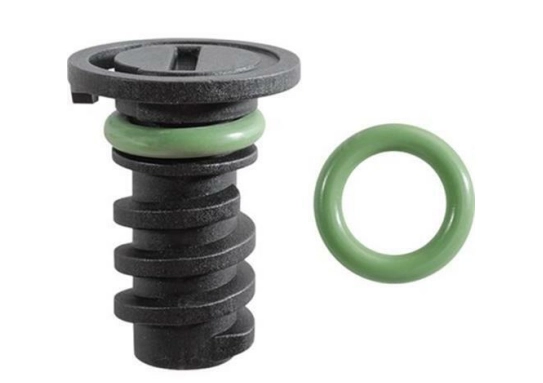Different Varieties of Oil Seals and Their Applications in Various Industries
Understanding the Different Types of Oil Seals
Oil seals are crucial components in mechanical systems, designed to prevent the leakage of lubricants while keeping contaminants out. They play a significant role in ensuring the longevity and efficiency of machinery by maintaining proper lubrication and protecting moving parts. This article explores the various types of oil seals, their applications, and how to select the right oil seal for different scenarios.
Types of Oil Seals
1. Static Oil Seals Static oil seals are designed to seal under stationary conditions. Commonly found in flanges, housings, and end covers, they create a barrier against contaminants and oil loss. Materials such as rubber, silicone, and polyurethane are commonly used due to their excellent sealing properties.
2. Dynamic Oil Seals Dynamic oil seals are used in applications with moving parts, such as rotating shafts. They are engineered to handle the shearing forces produced during operation. The most common types of dynamic seals include
- Lip Seals These seals have a flexible lip that contacts the rotating shaft, creating a tight seal. Lip seals are widely used in automotive applications, such as in crankshaft and camshaft seals. - V-Rings V-rings are a type of seal that can be fitted onto a shaft to prevent contaminants from entering the housing while allowing some axial movement. They are often used in agricultural machinery and industrial equipment.
3. Rotary Oil Seals Rotary oil seals, also known as radial oil seals, are designed to seal around rotating shafts. They are characterized by a circular shape and a sealing lip that makes contact with the shaft surface. Commonly used in automotive engines and hydraulic systems, rotary seals are available in various designs to suit different applications.
4. Mechanical Seals Mechanical seals are used to prevent fluid leakage in rotating equipment such as pumps and mixers. Unlike traditional oil seals, mechanical seals consist of two mating surfaces that create a seal through mechanical action. They are critical in applications requiring high-pressure and temperature resistance.
5. Screw-on Oil Seals These seals are often found in applications where a permanent seal is needed. They utilize a threaded design to secure themselves to the component, providing a reliable seal against oil leakage. Common in industrial machinery and compressors, screw-on seals offer an enhanced level of security.
types of oil seals

Material Considerations
The choice of material for oil seals is crucial, as it impacts the seal's performance under different conditions
. Common materials include- Nitrile Rubber (NBR) Known for its excellent oil and abrasion resistance, NBR is commonly used in oil seals for automotive applications. - Fluoroelastomers (FKM) This material is ideal for high-temperature applications, offering superior chemical resistance. - Polyurethane Used for its flexibility and durability, polyurethane seals are perfect for dynamic applications. - Silicone Silicone seals can withstand extreme temperatures and are often used in applications requiring a high level of flexibility.
Selecting the Right Oil Seal
When selecting an oil seal, consider the following factors
1. Application Determine where the seal will be used and the type of movement present (static or dynamic). 2. Operating Conditions Take into account temperature, pressure, and the type of fluid being sealed. This will guide you in choosing the appropriate material. 3. Seal Size Ensure that you measure the shaft and housing accurately to choose the correct size and fit for the seal.
Conclusion
Oil seals are vital components that ensure the efficient operation of machinery by preventing oil leakage and protecting against contaminants. Understanding the various types of oil seals and their specific applications is essential for proper selection and maintenance, ultimately contributing to the longevity and reliability of mechanical systems. Whether in automotive, industrial, or agricultural settings, the right oil seal can make all the difference in equipment performance.
-
The Ultimate Guide to Boat Propeller Bearings and Trailer Wheel Bearings
News Jul.31,2025
-
The Essential Guide to Marine Bearings and Boat Trailer Wheel Bearings
News Jul.31,2025
-
The Complete Guide to Heavy Duty Seals: Protecting Doors and Spaces Efficiently
News Jul.31,2025
-
Essential Guide to Marine Shaft Bearings and Boat Trailer Axle Bearings
News Jul.31,2025
-
Comprehensive Guide to Marine and Trailer Bearings for Safe Boating and Transport
News Jul.31,2025
-
Comprehensive Guide to Automotive Oil Seals: Protecting Your Engine and Shafts
News Jul.31,2025
-
Understanding Automotive Oil Seals: Essential Components for Engine and Shaft Protection
News Jul.30,2025
Products categories















